2,5-Dihydroxybenzaldehyde
Synonym(s):2,5-Dihydroxybenzaldehyde;Gentisaldehyde
- CAS NO.:1194-98-5
- Empirical Formula: C7H6O3
- Molecular Weight: 138.12
- MDL number: MFCD00003333
- EINECS: 214-789-6
- SAFETY DATA SHEET (SDS)
- Update Date: 2024-12-18 14:08:57

What is 2,5-Dihydroxybenzaldehyde?
Description
2,5-Dihydroxybenzaldehyde is a building block. It has been used in the synthesis of 2,4-dimethylbenzoylhydrazones with antileishmanial and antioxidant activity.
Chemical properties
yellow to khaki-green crystalline powder
The Uses of 2,5-Dihydroxybenzaldehyde
2,5-Dihydroxybenzaldehyde (cas# 1194-98-5) is a compound useful in organic synthesis.
What are the applications of Application
2,5-Dihydroxybenzaldehyde is a is a natural phenol found in the heartwoods of Pseudolarix amabilis, it is a tyrosine kinase inhibitor. 2,5-Dihydroxybenzaldehyde has antimicrobial activity and is mostly used in experimental studies for the preparation of Schiff base derivatives and bioanodes for glucose fuel cells.
Definition
ChEBI: 2,5-dihydroxybenzaldehyde is a dihydroxybenzaldehyde carrying hydroxy groups at positions 2 and 5. It has a role as a Penicillium metabolite, a mouse metabolite and a human metabolite.
Preparation
Add 80 mmol of dry paraformaldehyde to a mixture of 12 mmol of the phenol derivative and 2.5 mmol of MgO nanocrystalline (0.1 g). Expose the resulting mixture under microwave irradiation with a power of 650 W. Monitor the progress of the reaction by thin layer chromatography (TLC) developed by n-hexane : ethyl acetate (8 : 2). Add 100 mL of sulfuric acid (15% w/w) to the reaction mixture and heated at 50 °C for 15 min. Cool the reaction mixture to room temperature. Extract the product by dichloromethane (2 x 50 mL). Dry the organic layer over anhydrous magnesium sulphate. Evaporate the solution resulting from filtration to obtain the crude product. Purify the other product by column chromatography using n-hexane : ethyl acetate (95 : 5 to 70 : 30).
Properties of 2,5-Dihydroxybenzaldehyde
| Melting point: | 97-99 °C (lit.) |
| Boiling point: | 213.5°C (rough estimate) |
| Density | 1.2667 (rough estimate) |
| refractive index | 1.4797 (estimate) |
| storage temp. | Store below +30°C. |
| solubility | 13.8g/l soluble |
| form | Crystalline Powder |
| pka | 8.89±0.18(Predicted) |
| color | Yellow to khaki-green |
| Water Solubility | soluble |
| Sensitive | Air Sensitive |
| BRN | 1363961 |
| CAS DataBase Reference | 1194-98-5(CAS DataBase Reference) |
| NIST Chemistry Reference | 2,5-Dihydroxybenzaldehyde(1194-98-5) |
| EPA Substance Registry System | Benzaldehyde, 2,5-dihydroxy- (1194-98-5) |
Safety information for 2,5-Dihydroxybenzaldehyde
| Signal word | Warning |
| Pictogram(s) |
 Exclamation Mark Irritant GHS07 |
| GHS Hazard Statements |
H315:Skin corrosion/irritation H317:Sensitisation, Skin H319:Serious eye damage/eye irritation H335:Specific target organ toxicity, single exposure;Respiratory tract irritation |
| Precautionary Statement Codes |
P261:Avoid breathing dust/fume/gas/mist/vapours/spray. P264:Wash hands thoroughly after handling. P264:Wash skin thouroughly after handling. P271:Use only outdoors or in a well-ventilated area. P280:Wear protective gloves/protective clothing/eye protection/face protection. P302+P352:IF ON SKIN: wash with plenty of soap and water. P305+P351+P338:IF IN EYES: Rinse cautiously with water for several minutes. Remove contact lenses, if present and easy to do. Continuerinsing. |
Computed Descriptors for 2,5-Dihydroxybenzaldehyde
| InChIKey | CLFRCXCBWIQVRN-UHFFFAOYSA-N |
2,5-Dihydroxybenzaldehyde manufacturer
Innovative Labs
New Products
(S)-3-Aminobutanenitrile hydrochloride 4-Methylphenylacetic acid N-Boc-D-alaninol N-BOC-D/L-ALANINOL Tert-butyl bis(2-chloroethyl)carbamate 3-Morpholino-1-(4-nitrophenyl)-5,6-dihydropyridin- 2(1H)-one Furan-2,5-Dicarboxylic Acid Tropic acid 1-Bromo-3,5-Di-Tert-Butylbenzene S-2-CHLORO PROPIONIC ACID ETHYL ISOCYANOACETATE 2-Bromo-1,3-Bis(Dimethylamino)Trimethinium Hexafluorophosphate 4-IODO BENZOIC ACID 3-NITRO-2-METHYL ANILINE 1-(2,4-DICHLOROPHENYL) ETHANAMINE (2-Hydroxyphenyl)acetonitrile 4-Bromopyrazole 2-(Cyanocyclohexyl)acetic acid 4-methoxy-3,5-dinitropyridine 1-(4-(aminomethyl)benzyl)urea hydrochloride 2-aminopropyl benzoate hydrochloride diethyl 2-(2-((tertbutoxycarbonyl)amino) ethyl)malonate tert-butyl 4- (ureidomethyl)benzylcarbamate Ethyl-2-chloro((4-methoxyphenyl)hydrazono)acetateRelated products of tetrahydrofuran

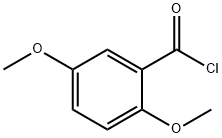
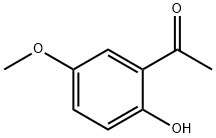
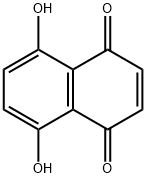
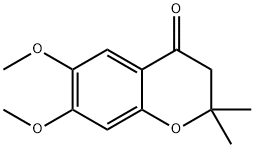
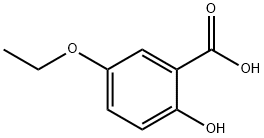
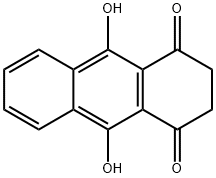
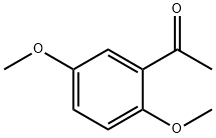
You may like
-
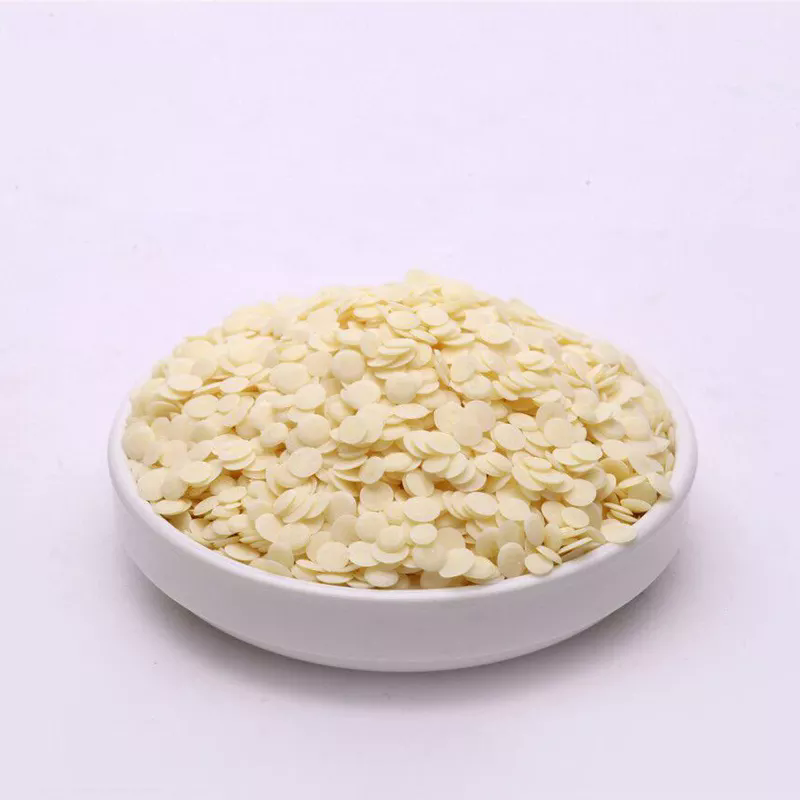 1194-98-5 2,5-DIHYDROXYBENZALDEHYDE 98%View Details
1194-98-5 2,5-DIHYDROXYBENZALDEHYDE 98%View Details
1194-98-5 -
 1194-98-5 98%View Details
1194-98-5 98%View Details
1194-98-5 -
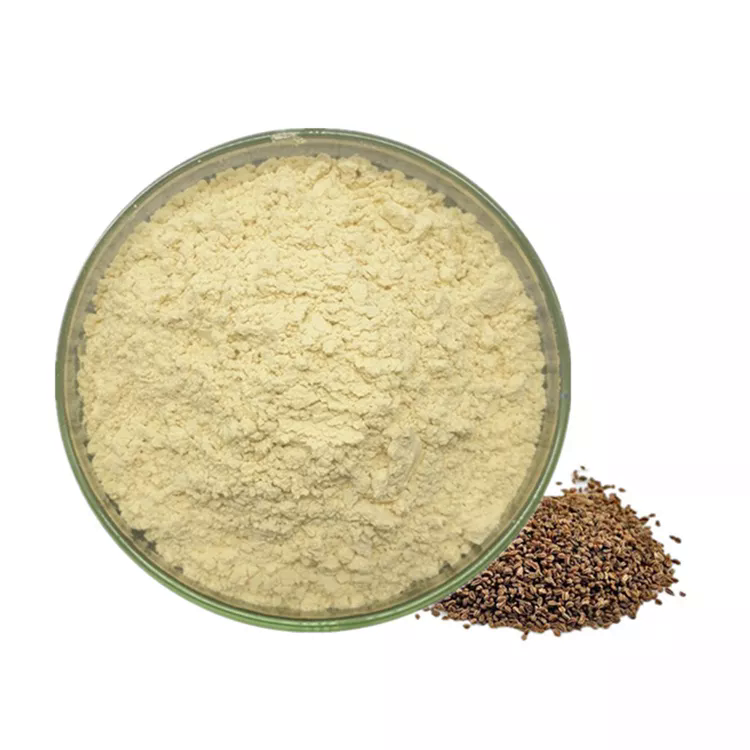 2,5-Dihydroxy benzaldehyde 98%View Details
2,5-Dihydroxy benzaldehyde 98%View Details
1194-98-5 -
 2,5-Dihydroxybenzaldehyde CAS 1194-98-5View Details
2,5-Dihydroxybenzaldehyde CAS 1194-98-5View Details
1194-98-5 -
 2,5-Dihydroxybenzaldehyde CAS 1194-98-5View Details
2,5-Dihydroxybenzaldehyde CAS 1194-98-5View Details
1194-98-5 -
 1975-50-4 98%View Details
1975-50-4 98%View Details
1975-50-4 -
 14714-50-2 (2-Hydroxyphenyl)acetonitrile 98+View Details
14714-50-2 (2-Hydroxyphenyl)acetonitrile 98+View Details
14714-50-2 -
 118753-70-1 98+View Details
118753-70-1 98+View Details
118753-70-1